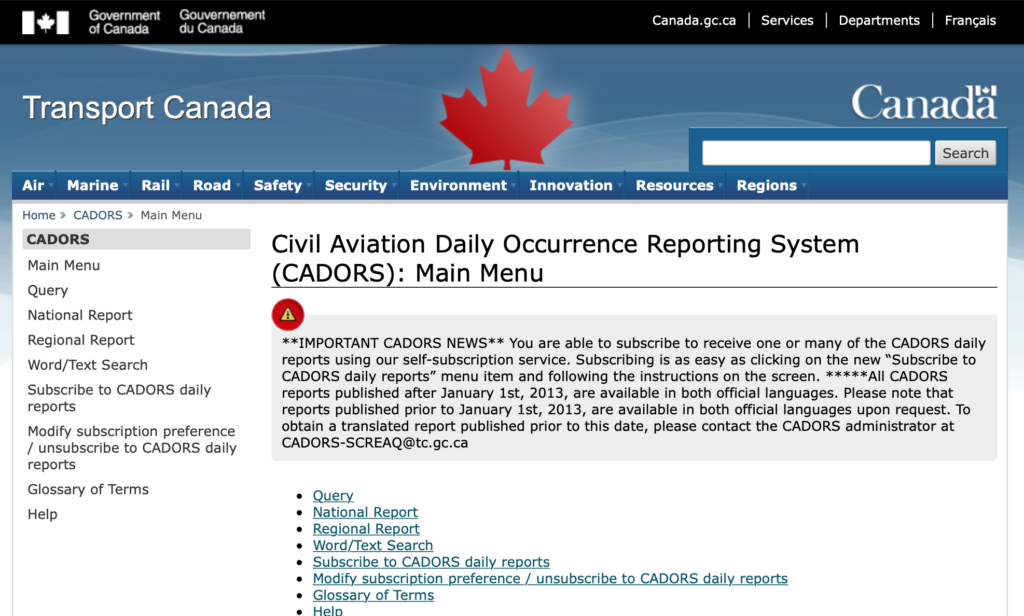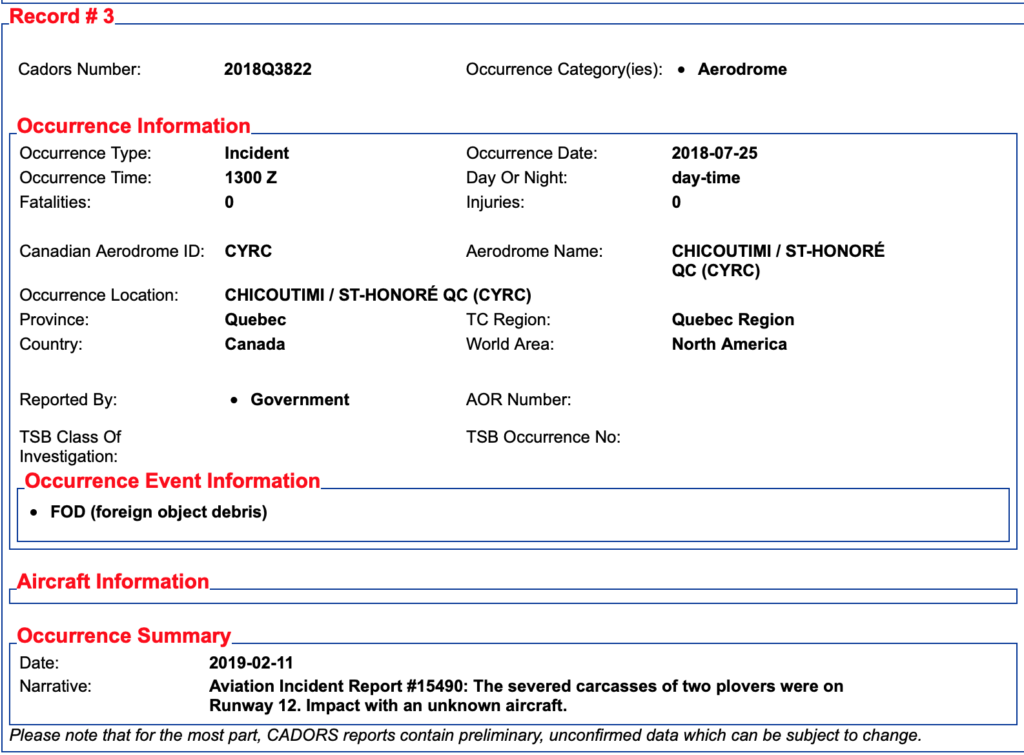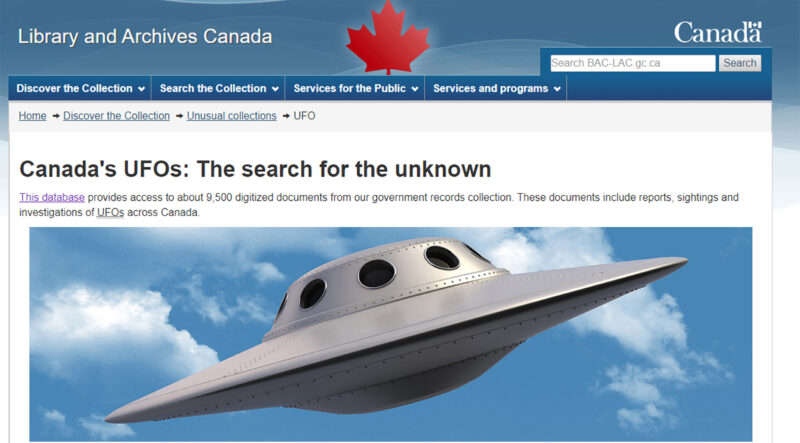The MUFON case management system was not the only system I used to collect UFO data.
It was appealing to be able to measure events all over Canada, however, the way the events were transcribed was a hot mess. The data was never completed, and for the most part, unusable.
While searching for alternative data for comparison, I came across two items, the Canadian UFO Survey by Chris Rutkowski, and the Civilian Aviation Daily Occurrence Report (CADORS).
In my previous columns, I have discussed how the Canadian UFO Survey is unfit due to its inaccuracies. The CADORS documents, however, have proven more promising.
CADORS is the name given to the Canadian national ATS safety data reporting system which collects information about operational occurrences within the Canadian National Civil Air Transportation System.

It is used to assist the early identification of potential aviation hazards and system deficiencies. Under the Canadian Aeronautics Act, there is a mandatory requirement for ATS certificate holders to report items listed in the CADORS Manual. CADORS reports are collected from a number of sources. The main information provider is ANSP NAV CANADA, which supplies close to 80% of all reports.
CADORS captures a wide scope of safety-related events including ATC operating irregularities; communication, navigation, surveillance, and other air traffic systems failures, as well as controlled airspace violations.
Included in the data are occurrences related to aircraft, aerodromes, security (e.g. bomb threats, strike actions) and environmental disasters (e.g. fuel spills).
At this point, we all could agree that this reporting system would provide a more accurate report of anomalies in the sky, considering that the ones reporting are in the air themselves, and can be used to track UFOs if one were to spend the time to read them.
I have been reading these reports every morning since I discovered them. Since Jan. 1, I have also been logging the information into a data table.
The reason? Drones.
For as long as I can remember, the word drone has been used quite often to describe the abnormal movement of aerial vehicles in our airspace. With the current technological advancements we experience day-to-day, I anticipated there to be a large number of drones reported by both our professional and civilian pilots.
This begs the question: do these pilots know they are drones that they are reporting, or is the person on the receiving end using the word drone in the report to cover up what was actually reported by the pilot? A better question would be, who is investigating them? It certainly isn’t MUFON.
With all that in mind, I begin by opening the reports and combing through the material. The CADOR report looks like this:

Each report contains numerous records and is numbered from 1 to 150. Not all items are measurable, however, but there is a strong enough sample size.
For example, in the image above we have the who, what, where and when. These are all answered specifically and can be used to measure patterns and trends. By doing this we remove interpretation and opinion from the table.
Here is my table below:

You will notice that the CADORS report uses “Unmanned AV” to categorize an array of events. Within those events, I have tracked the keywords used to describe the objects within the summary body of each record. The ones I have seen so far have been: balloon, rocket, meteor, unmanned aerial vehicle (UAV), drone and UFO.
Yes, those UFOs — reported daily by pilots and those monitoring our air space.
The items in green on the table above are ones I have sent to NORAD requesting Freedom of Information (FOI) and privacy reports. These reports describe objects as bright lights, following aircraft at a high rate of speed and altitude, while no other aircraft was in the area at the time.
I received responses back from NORAD, in the form of open and tampered mail, but I’ll save that for my next column.
Thanks for reading. Keep your eyes in the sky, and #heedtheworld.

